LG G6 vs LG V20
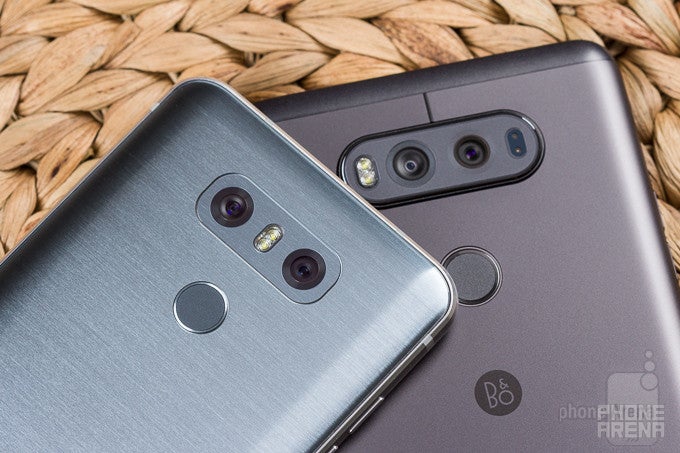
Introduction
Note: This comparison was made using a pre-production LG G6 running close-to-final software. While not much is expected to change for the final version of the phone, we've still decided not to display any benchmark results or charts. We'll update the comparison as necessary once we receive the finalized software release.
Two of LG’s best phones to date are currently sitting on my desk. One is the LG G6 – a phone that I’ve been actively using for several weeks now, pretty much since the day it was announced. The other is the LG V20 – a phone that I scored highly in my review last year, impressed by its camera performance and rich set of power-user features. Which of the two is the better phone? That’s a tough question for me to answer, even though I’ve had plenty of hands-on time with both devices. Yet I could share my opinion as to which phone you should lean towards, depending on what kind of user you are. So let’s proceed.
Design
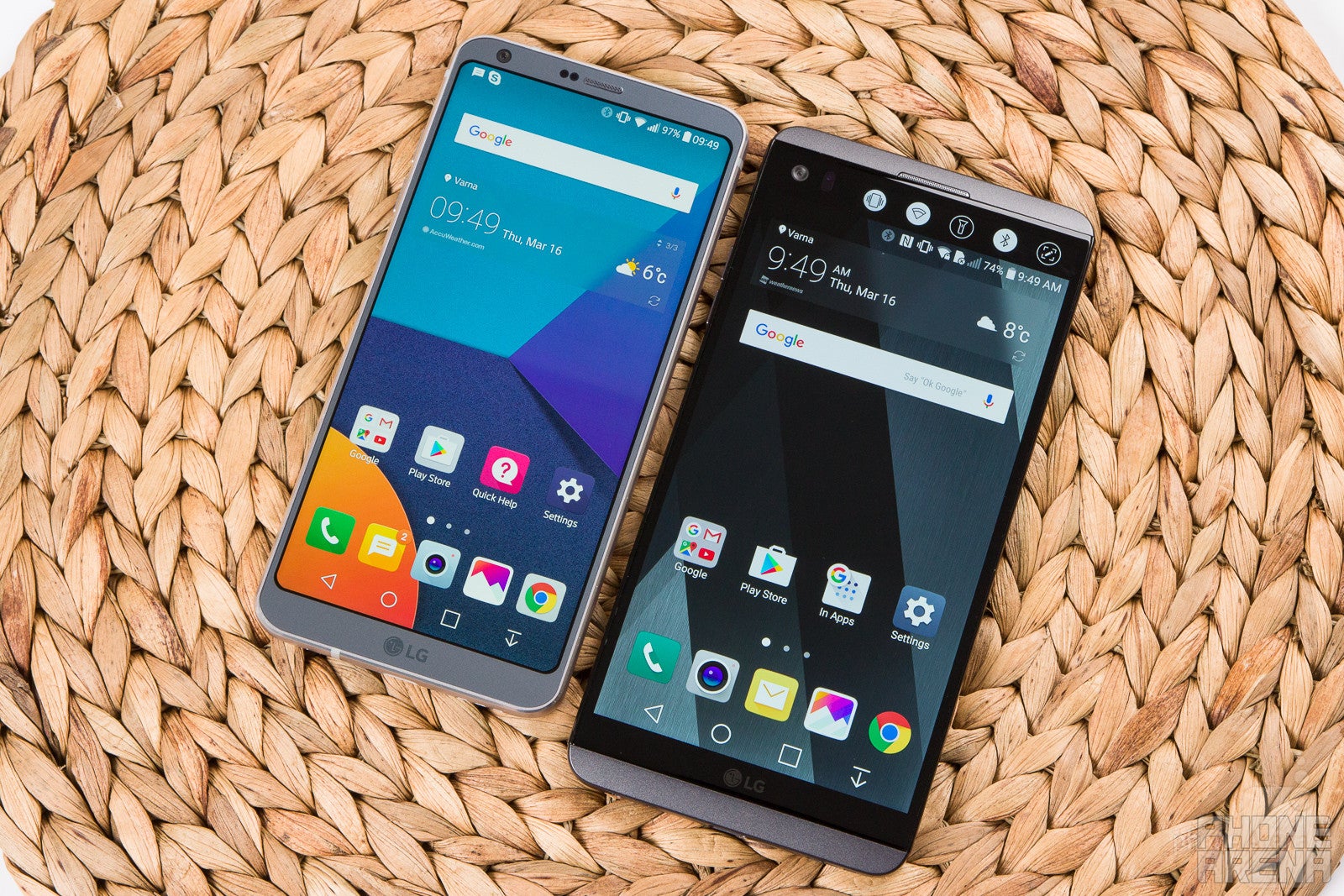
Whether something looks and feels good or bad is a very personal, very subjective matter, which is why I decided to tackle this part of the comparison in an unusual manner – with a social experiment. Long story short, I gave the LG G6 and V20 to 12 people – 6 ladies and 6 gentlemen outside of PhoneArena who had no idea what these two phones were – and asked them a simple question: “Which of the two phones do you like better?”. The result was a tie.
People who favored the LG G6 liked its appearance – the combination of glass and metal and the way the screen nearly filled the entire front. Those who picked the V20 did so for more practical reasons, such as the fact that it had greater screen area and that the secondary display seemed “kinda nifty”.
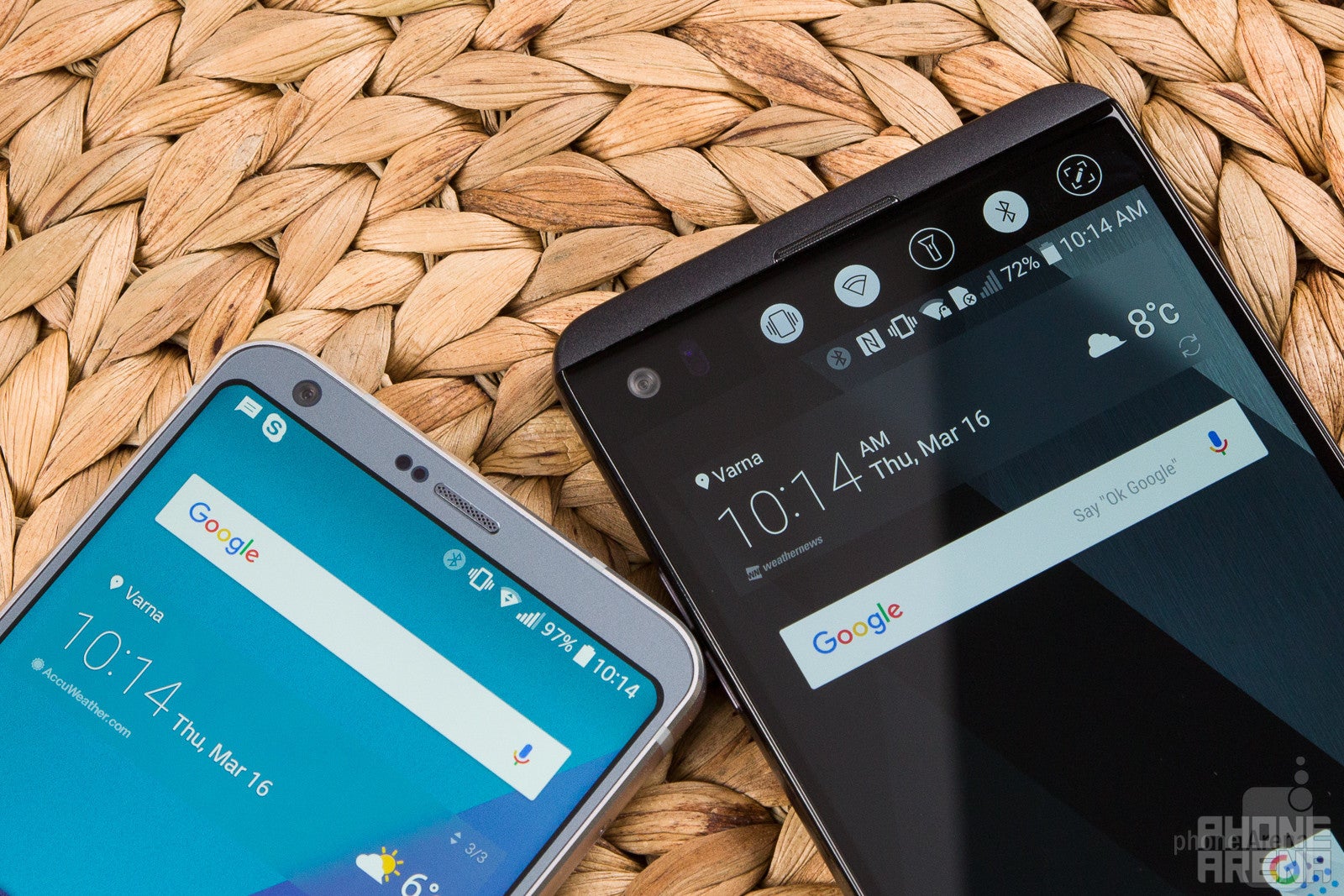
The V20 (right) packs a secondary display
The LG V20, on the other hand, is a manly device with a tough look and it is about as graceful as an army vehicle. Being wider makes it more difficult (if not impossible in certain cases) to operate with a single thumb, and it has been more than once when I nearly dropped it because of its unwieldy size. Still, the greater screen area is an advantage that many would appreciate.
Durability is another key aspect I must highlight, as it is something LG has prioritized when designing both phones. The LG G6 is water-resistant, carrying an IP68 rating – the highest smartphones can go nowadays. On top of that, its internal structure has been designed to withstand drops and to resist bending. The LG V20 does not have any water-resistant properties, but its compliance with military standards for drop tests suggests that it can endure some tumbling just fine, especially when it doesn’t have as many glass surfaces that could potentially crack.
Display
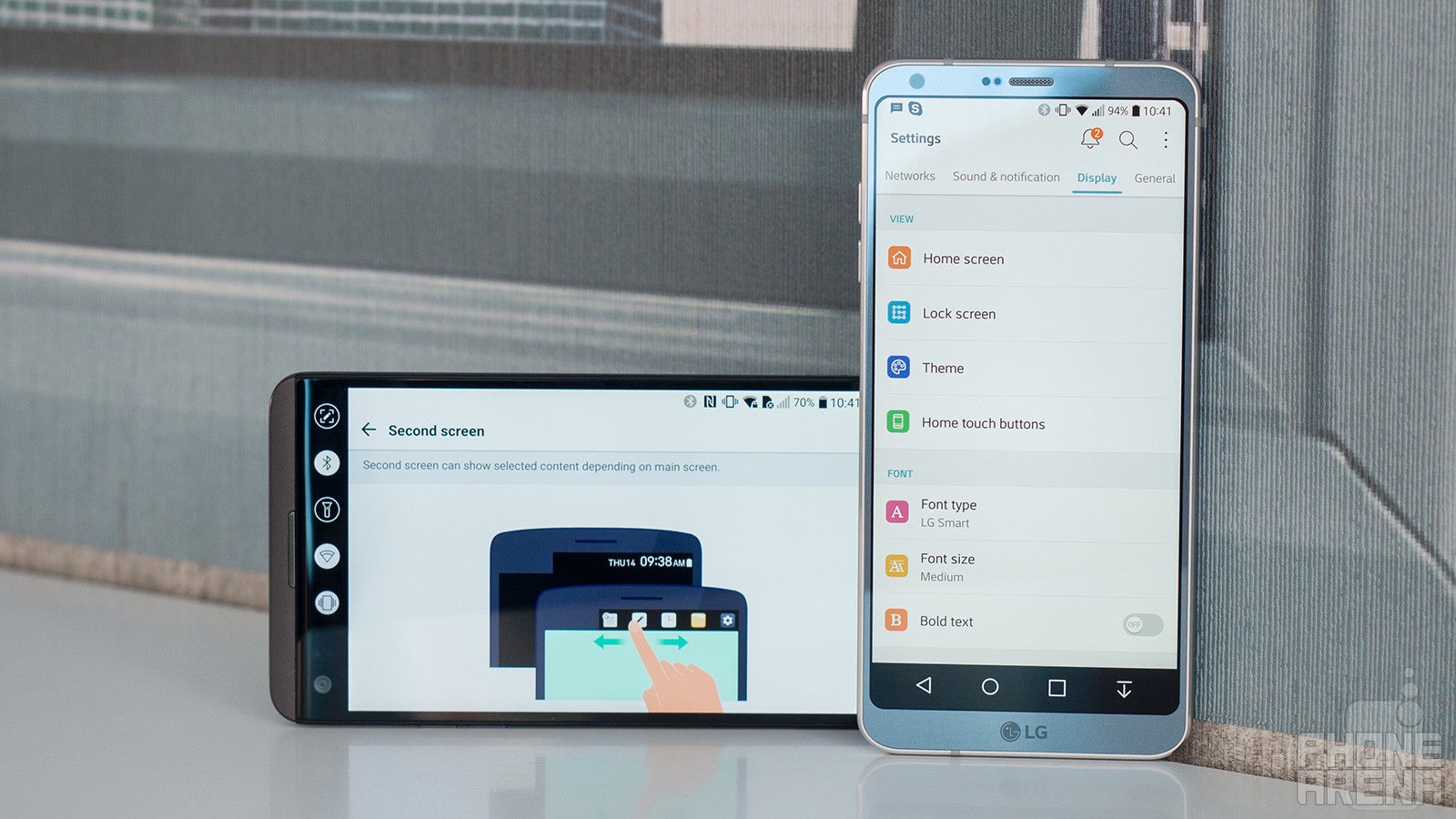
You should have noticed by now that the LG G6’s screen is somehow… different, and I’m not talking only about the curved corners of the panel. The phone’s so-called FullVision display has an unusual aspect ratio of 18:9, as opposed to the traditional 16:9 ratio employed by most other phones, including the V20.
What does all this ratio mumbo jumbo mean? Well, in the simplest of terms, even though both screens have an identical diagonal size of about 5.7-inches, the G6’s display is slightly taller and narrower than the one on the V20. This is why the G6 is easier to operate single-handedly, as I mentioned earlier.
At the same time, I find nothing wrong with the way the V20’s screen is shaped. In fact, its traditional 16:9 panel is more suitable for accommodating existing content, including apps, games, and online video, all of which are designed from the ground up around the ubiquitous 16:9 ratio. I’ve had very few issues on the G6 as far as app and game compatibility goes, but YouTube videos have these mildly annoying black bars on the sides.
Speaking of displays, the secondary display is a key differentiating factor for the LG V20. Some may see it as a gimmick, but once you configure the feature to your preferences, it should prove useful in many cases. For instance, it lets you quickly switch between up to 5 recently used apps, it lets you control Spotify from any screen, it displays notifications at a glance without covering currently running applications. And when the phone is in standby, it shows you the time and date, along with notifications that you may have pending. Of course, the feature can be disabled to extend battery life.
The LG G6 lacks a secondary screen, but adopts the always-on display feature found on the LG G5. In a nutshell, this lets you take a peek at the time, date, battery status and list of pending notifications without waking the phone. However, do keep in mind that having the always-on display lit also impacts battery life and won’t show you the full contents of incoming notifications.
Before I proceed further, I must mention that the LG G6 supports two popular HDR video formats, namely HDR 10 and Dolby Vision. This means that you’ll be able to enjoy HDR video content from providers, such as Amazon Video. The V20 doesn’t support this undoubtedly premium feature, although that doesn’t count as a dealbreaker in my book.
Interface and Functionality
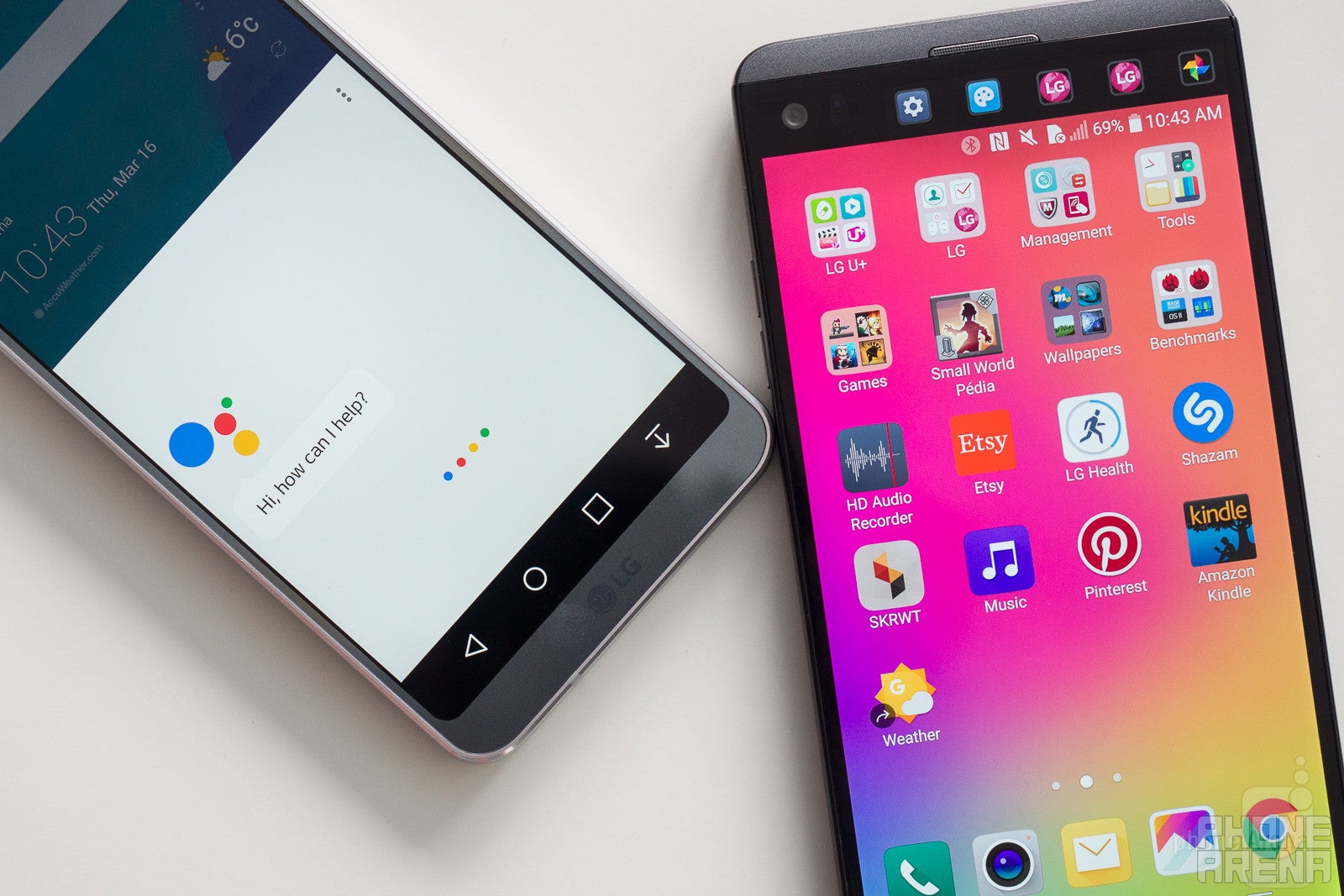
Hardly a surprise, the LG G6 and LG V20 have a lot in common on many levels, and software is definitely one of them. Both phones run Android 7.0 Nougat, with a user interface tweaked by the manufacturer. Both skip the app drawer and go for a more iOS-like app organization approach (although you still have the option to bring it back). Both let you rearrange the on-screen navigation buttons and add new ones, such as the extremely useful button for bringing down the notifications shade. Both support split-screen multitasking. Both let you modify the size and layout of the on-screen keyboard. And the list goes on.
Now, at this point I was expecting to say that the G6, being newer and all, has a much more refined user interface. Indeed, it is a bit more visually polished, and a goal of the UI’s design team has been to make the best use of that 18:9 aspect ratio, but when I think about it, the differences vs the V20 aren’t all that striking. For instance, the G6 does get Google’s new Assistant out of the box, but the V20 is also going to be given access to the feature through a software update. The G6 has a slide-down gesture that displays a search panel for data-digging within your apps, but the V20 has this functionality too in the form of an app. True, the G6 is better suited for side-by-side multitasking, but the scope of that feature is still quite limited, so I find myself using it very rarely.
Processor and memory

Speaking of similarities, the hardware inside both phones is also close to identical. With a Snapdragon 821 under the hood, the LG G6 is only slightly more powerful than the Snapdragon 820-equipped LG V20, and both pack the same 4 gigs of RAM. Much as I expected, real-world performance is equally swift on the two devices, so I can’t pick a winner between the two. Save for the rare stutter when opening apps I haven’t used in a while, both phones are quick, responsive, and well-capable of running heavy games at fluid framerates.
One advantage for the LG V20 – it comes with 64 gigs of storage as standard, while the LG G6 (the US model, in particular) has only 32GB of the stuff. Both phones offer microSD slots for storage expansion, though.
Camera

Here’s where things get a bit more interesting. On the surface, the LG G6 and LG V20 appear to be equally capable shooters, both outfitted with dual main cameras of identical configuration – a high-quality main cam complemented by a secondary wide-angle camera. But the more one digs into the specifics, the more differences between the two shooters they will encounter. Most notably, the V20 has a 16MP main camera and an 8MP wide-angle shooter, while the G6 is equipped with two identical 13MP image sensors. And while the V20 relies on both laser-assisted and phase-detection autofocusing, the G6 sticks to PDAF only.
Inside the G6 camera app, some changes become apparent. The LG G6 has a handy new camera roll design, with your last 5 images appearing as thumbnails right on the screen. I must also mention the new Square mode, allowing you to take fun collages... once you figure out how to use this feature.
No less importantly, the LG G6 has all of the V20’s advanced camera capabilities, including support for RAW images and full manual image controls for both pictures and video. Experienced photographers may take advantage of these controls to produce images exactly as the want them to appear.
Image and video quality
Since I’ve used both phones for quite some time, I feel confident in saying that both can take some pretty great photos, but the image quality is not exactly identical. For instance, the LG V20 captures better detail, which is no surprise given its higher megapixel count. On the other hand, the LG G6 takes some pretty awesome night-time photos and tends to be more accurate when it comes to color fidelity. Furthermore, the G6 has proven to be more reliable with its autofocusing, at least in my experience. Overall, you can’t go wrong with picking either phone, but to a casual photographer and an average user, I’d rather recommend the G6.
As for the wide-angle cameras that both phones are packing, I’d say that the G6 has the upper hand. Its lead is small, but noticeable – the new, higher-resolution sensor does capture more detail in images. Do keep in mind that both phones’ wide-angle cameras are less sensitive to light, meaning that they won’t perform as well as the main camera in low-light situations.
Selfies do come out fine out of both the G6 and the V20, but if you take a closer look, you will notice that the G6 captures slightly more detail in its self-portraits. And if you’re wondering why some images are mirrored, that’s because I had that option enabled on one of the phones (the option is available on both, actually).
I must also comment on video quality before I move on. The good news is that both phones take optically stabilized video at up to 4K resolution. The not-so-good news is that compression artifacts are visible in footage out of both phones. Overall video quality is fine, just not perfect. Another thing I noticed is that video out of the V20’s wide-angle camera is noisier, and a twitch is noticeable for a split second when I switch between the two cameras. For shooting wide-angle videos, the LG G6 is clearly the better choice. On the other hand, sound in videos out of the V20 is clearer and more balanced. Which leads me to my next point...
Multimedia and sound quality
When the LG V20 launched last year, it was promoted as a device made for content creators, and it still is one of the best phones for recording audio. I tested it against the LG V20 by going downtown and recording a minute of street noise with each, for comparison’s sake. Of course, the sound out of the G6 was of acceptable quality, but the V20 picked up more detail and sounded clearer, especially in the treble region of the spectrum. For the record, both phones come with LG’s versatile HD Audio Recorder app, which gives the user control over things like low-frequency cutoff and microphone gain. Plus, it supports high-quality output formats (FLAC, up to 24bit, 192kHz) and lets you add audio to existing recordings in Studio Mode.
That’s fine and all, but what about audio reproduction? Both phones come with a standard, 3.5-mm audio jack for headphones, which is a good thing, as many users still demand it. However, only the LG V20 has the fancier Quad DAC, while the US version of the G6 skips the component. A DAC, in case you’re wondering, is a module that converts digital signals into analog audio. Every phone has one, but the Quad DAC in the V20 promises superior sound. Would you hear the difference? Perhaps that would only be the case when using a high-quality audio source played through a high-quality pair of earphones. In all other cases, the G6’s standard DAC will do just fine.
On the topic of audio, both phones have bottom-firing loudspeakers with similar qualities. Long story short, they’re both okay, one slight difference being that the one on the G6 is a bit clearer in the vocal region.
Battery Life
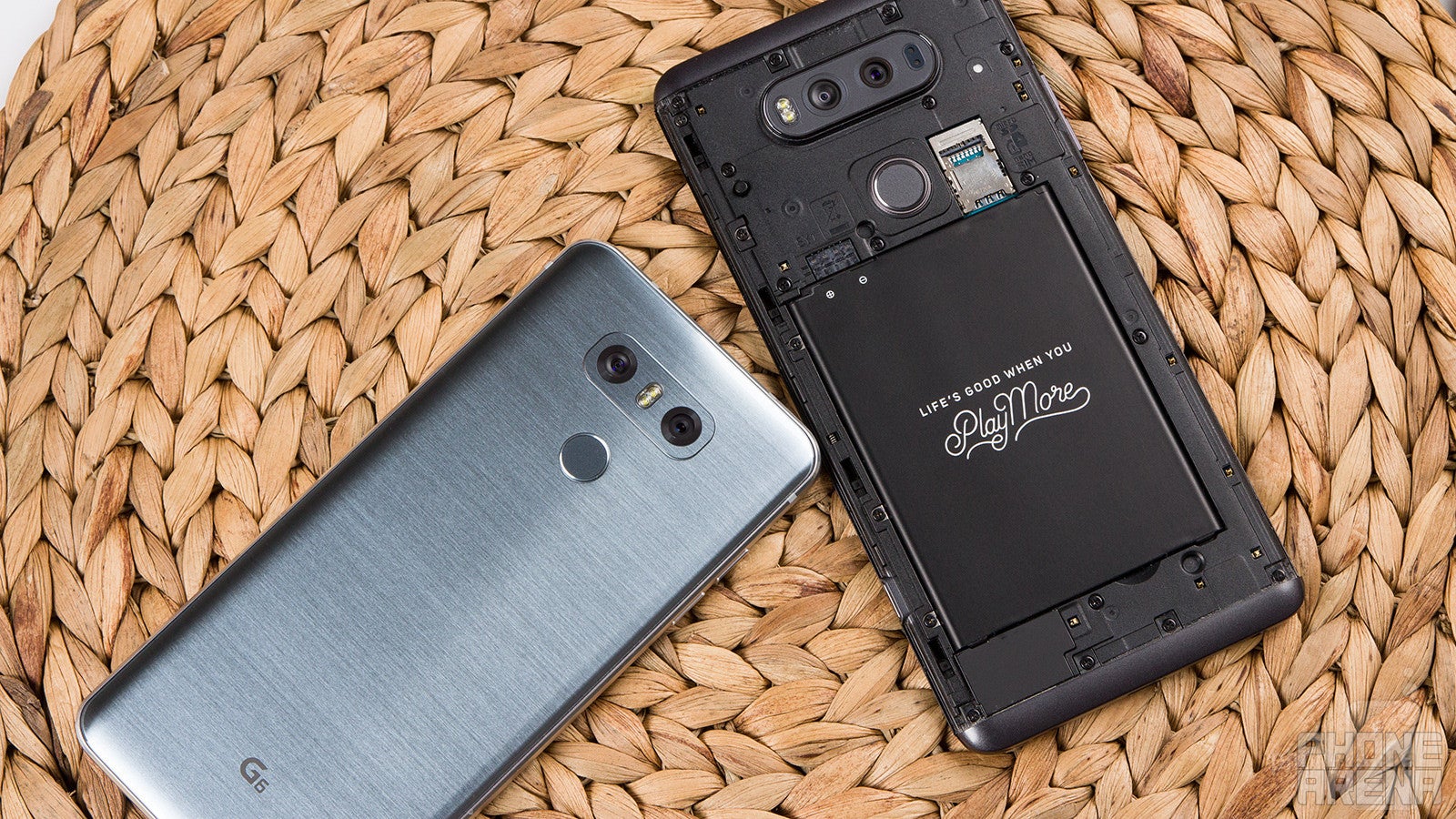
Now would be a good time to reiterate that the LG G6 review unit on my hands is not quite final, and that is why we have not shared any battery benchmark results yet. But in my personal experience, its 3300mAh non-removable battery can last through a day to a day and a half of regular usage, and that with having the always-on display enabled. I had a harder time lasting through the second day when the LG V20 was my daily driver. Therefore, when it comes to battery life, I’d say that the G6 is a step ahead. Still, it would be unfair if I fail to mention that the V20 has a removable battery. If you choose to spend $40 on a spare, you’ll be able to swap it at your convenience for an instant recharge.
And one more thing: both the G6 and the V20 recharge super quickly. About an hour and a half is enough to bring either from zero to full, meaning that if you forget to plug yours before bedtime, letting it charge as you get ready for work will be sufficient to get you through the day. If convenience is what you seek, the US variant of the LG G6 supports wireless charging, although that particular refill method isn’t as quick as using the phone’s stock power brick.
Conclusion
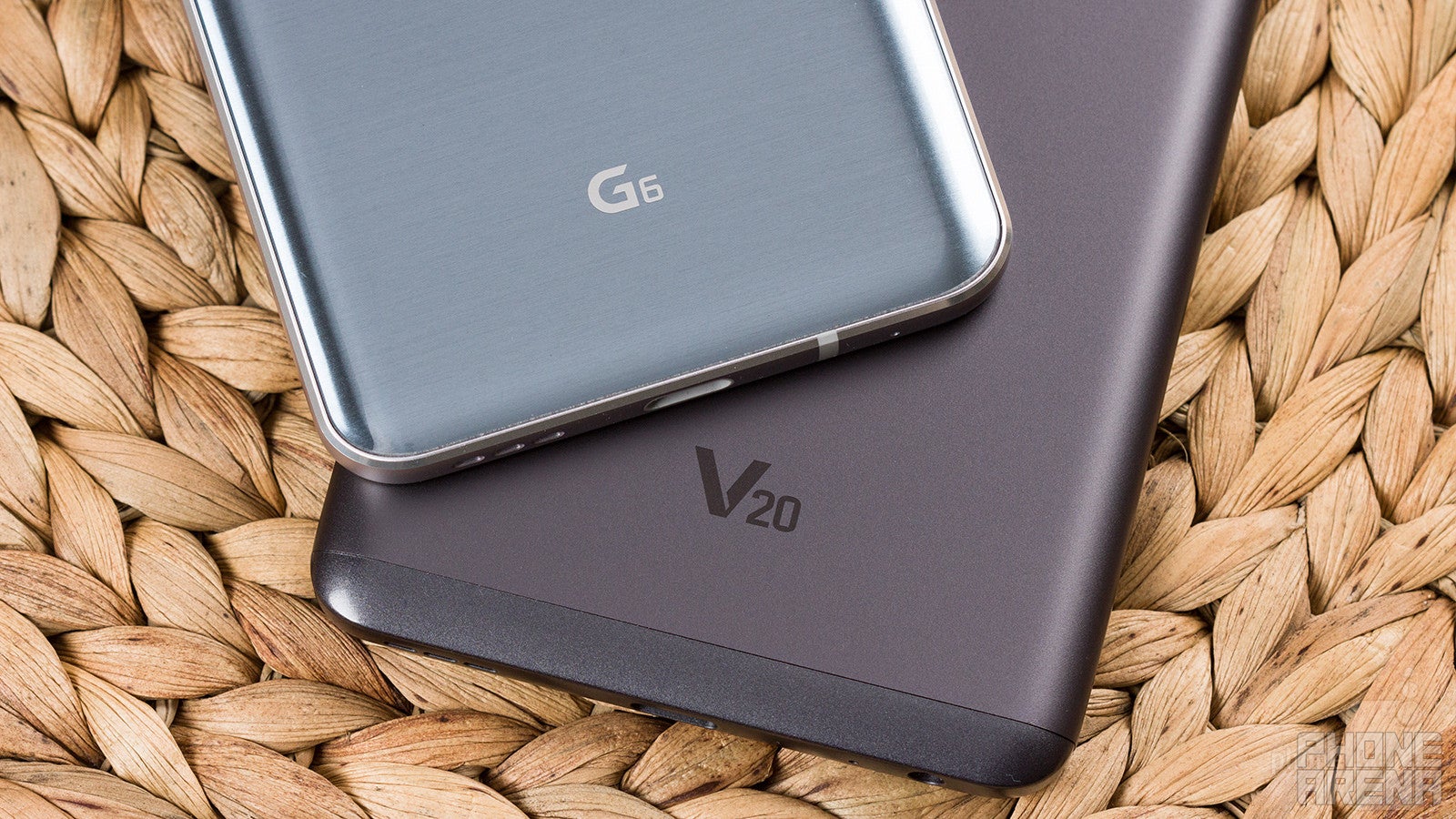
Given the points that I laid out throughout this comparison, I know that picking between the LG G6 and the LG V20 can be a tough choice. Both are premium, high-end phones that have a lot to offer. The situation on pricing doesn’t make choosing any easier, as both devices fall within the same premium tier. Although you could be able to pick one or the other at a bargain price, depending on your carrier of choice.
But at the end of the day, the G6 is the phone easier to recommend to most people, and that’s not only because it is the newer, more refined model. It is not because of the slightly faster processor or the upgraded wide-angle cam either. Simply put, it is the more approachable, more user-friendly device. It is easier to handle and operate, it is resistant to dust and water damage, and no less importantly, it is more likely to appeal visually to a broader range of consumers.
The LG V20, on the other hand, is more of a niche device made to suit the needs of power users, Android enthusiasts, and content creators. While it does have a screen with a larger area and a potentially useful secondary screen to go along with it, the phone is bulkier and maybe not quite as pretty. Yet those who don’t mind its quirks should be quite content with the main camera’s performance and its audio recording capabilities.
LG G6
Pros
- Easier to use with one hand
- An elegant, visually appealing phone
- Dust- and water-resistant
- Upgraded wide-angle camera
- Wireless charging
- Battery life seems better (to be confirmed by further testing)
LG V20
Pros
- Greater screen area
- Secondary display could be useful
- Better detail in photos out of the main camera
- Easily removable battery
- Less glass surfaces prone to cracking
- Noticeably better sound recording quality
- Removable battery
- Twice the native storage (64 vs 32 gigs)

Follow us on Google News

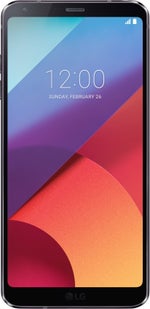
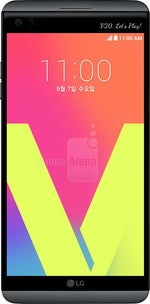










![A new Android bug is making it impossible to install new apps. Are you affected? [UPDATE]](https://m-cdn.phonearena.com/images/article/176703-wide-two_350/A-new-Android-bug-is-making-it-impossible-to-install-new-apps.-Are-you-affected-UPDATE.webp)

Things that are NOT allowed:
To help keep our community safe and free from spam, we apply temporary limits to newly created accounts: